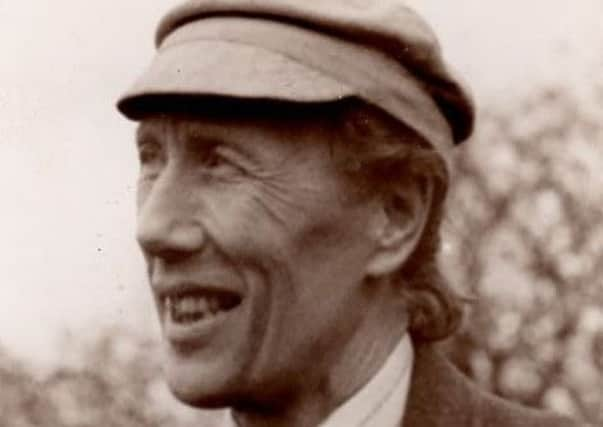Obituary: James Hope, landscape architect


Friends and relatives of the late James Hope gathered at Birdsmill, West Lothian, on 2 September to celebrate his life and achievements.
James was leader of the first generation of landscape architects born and trained in Scotland; graduating from Edinburgh University in 1964, and one of the first to take part in Scotland’s post-war regional planning.
Advertisement
Hide AdAdvertisement
Hide AdBorn in Edinburgh and schooled at Daniel Stewart’s, his parents’ skills in food growing on their allotment prompted his own early love of cultivation and horticulture, furthered through a diploma in horticulture.
Practical experience followed as a head gardener at Tyningham, East Lothian, and at the Hope Estate, Edinburgh. Here he met his first wife June Lorraine, marrying in 1953, and together they set up and ran a five-acre smallholding at Gogarbank, supplying plants and planting services to Edinburgh Council and to commercial and private trade.
Evening classes and contact with Frank Clark and Laurie Fricker led him to full time university coursework in Landscape Architecture, and to begin a lifelong study of word and place and their expression in landscape design.
On graduating he became landscape consultant to the university’s Planning Research Unit under Professor Percy Johnson-Marshall. Here he developed the landscape analysis method applied firstly in the Lothian Regional Survey and Plan (HMSO 1966), followed by those for Falkirk and Grangemouth, the Scottish Borders, and subsequently also for Central Portugal.
This work and his unique skills in landscape analysis attracted funding from the Social Science Research Council for a two-year study, The Semiotic of Landscape, published in 1971 and to which he would return in later life. Meantime, and to support his wife and their three children, Whittaker, Dorian and Ashley, he established his own landscape practice, Landesign, based at Birdsmill, working with Edward Fairfield and in consultant association with engineer George Patterson.
Over the following quarter century James’ unrivalled local knowledge greatly benefited many projects for Livingston New Town and West Lothian County Planning Department, including advice on the management of their distinctive shale oil bings and the listing of the landmark Five Finger Bing.
Help given to many private clients included long consultancy working with the London architects Ahrends, Burton and Koralek, beginning with the Cumins Engine Works at Shotts, notable for his distinctive pyramidal ground modelling.
Later projects with them included St Mary’s Hospital on the Isle of Wight, and for the British Embassy, Moscow. The benefits of all this experience were regularly and memorably contributed by James to landscape teaching in seminars and as a visiting critic and lecturer at Edinburgh University and the College of Art.
Advertisement
Hide AdAdvertisement
Hide AdHappy family life renovating and extending Birdsmill with his wife June and the children was shattered in 1974 by June’s sudden death. Thankfully all was rescued by his remarkable parents Elizabeth and her husband George (an industrial chemist and developer of the celebrated McVities’ Jaffa Cake) who came to live in Birdsmill Cottage.
Mary Wilson, June’s former nanny also became a close further support, and the whole family was miraculously re-established and extended with the arrival of James’ second wife Dr Margaret Hutton and her two children, Sean and Oonagh.
In semi-retirement, and with greater leisure, James and Margaret completed their remarkable formal Italianate terraced garden at Birdsmill and its treasury of collected giant artefacts, antiquarian and modern; and now surely worthy of close survey and listing.
James’ crowning professional achievement was his doctoral thesis, The Semantics of Psychospace (2002), bringing into focus Carl Jung’s concept of the archetype directed specifically to landscape analysis; and here made lucid and available for succeeding generations of landscape architects to apply and extend.
Crippled by Parkinson’s disease in his last years and nursed by his devoted wife who died in 2014, James will be long remembered by his colleagues, former students, family and friends for his warm-hearted, spirited, witty, wise and ever-inquiring company, his incisive intellect and for his life’s substantial professional achievements, won on merit by his great talents and the sweat of his brow.